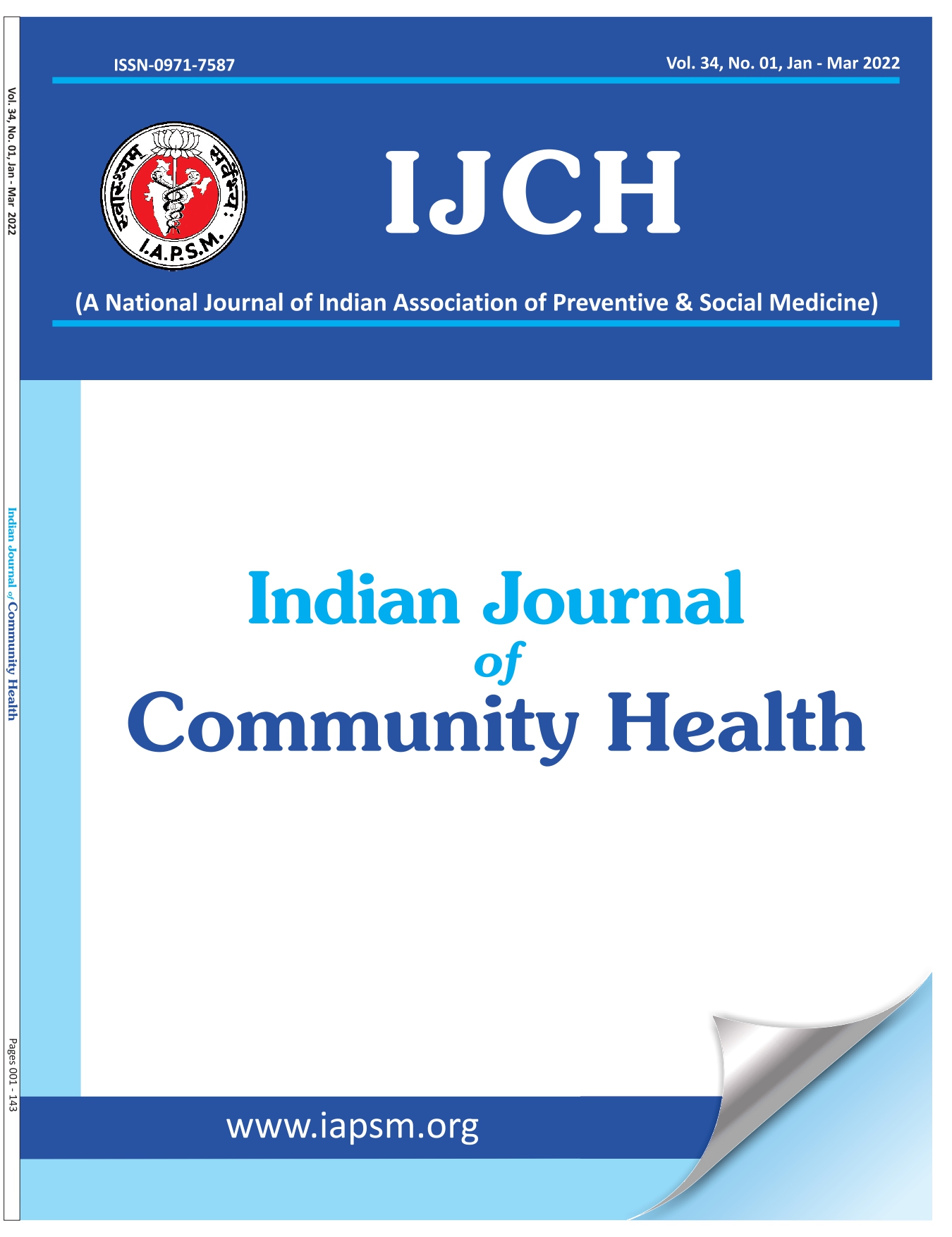Nasal And Hand Carriage Of Bacteria In Different Groups Of Persons In A Teaching Hospital In India
Abstract
Research Problem: What is the level of bacterial carriage in different groups of hospital staff? Objective: To study nasal and hand carriage of bacteria in different groups of persons in a teaching hospital. Study Design: Prospective study. Setting: Surgical wards of J.N. Medical College Hospital, A.M.U., Aligarh. Participants: Randomly selected persons from different groups of hospital staff (doctors, nurses, ward and OT assistants), visitors of patients, patients and medical students. Sample Size: 275 persons. Study Variables: Nasal and hand carriage of S. aureus and gram negative bacilli. Outcome Variables: Percentage of hospital staff showing bacterial carriage in their nose or on their hands. Statistical Analysis: By tests of significance. Result: Overall bacterial carriage rate in different categories of hospital staff was found to be 54.5%. Doctors and paramedical staff had higher bacterial carriage rate as compared to other groups. Though Staphylococcus aureus was the commonest organism isolated from both nose and skin, carriage of Escherichia coli, Pseudomonas and Klebsiella group of gram-negative bacilli was also observed. Nasal carriage was commoner than dermal carriage. Conclusion: Doctors and paramedical staff in hospital should adopt appropriate preventive measures to avoid transmitting pathogenic bacteria from their nose and skin to their patients.





